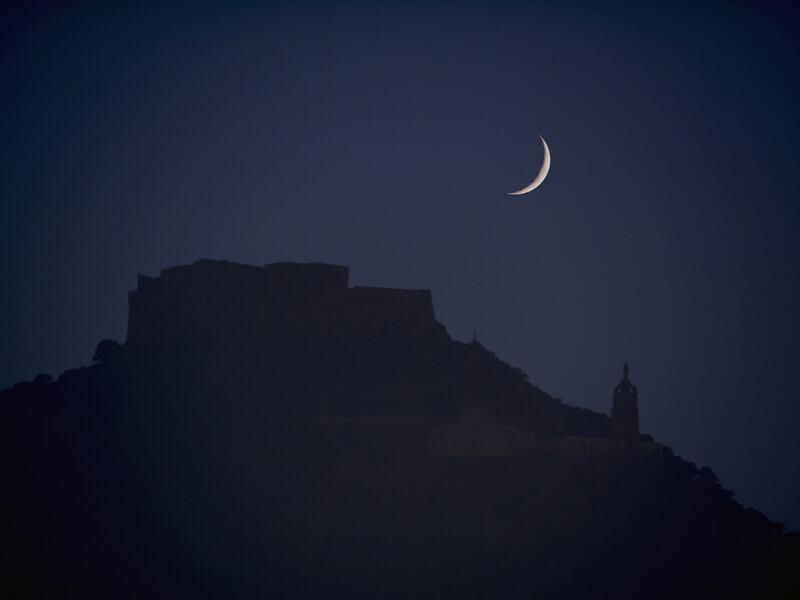We are all eagerly waiting for Ramadan. What we know for sure is that it’s going to begin later this month. The question is, when exactly will it start? Most of us expect Ramadan to be called on the evening of May 26, but the timing could vary by a day or even two.
The beginning and end of the holy month depend on the sighting of the Moon, because the Islamic calendar is a lunar one. Unlike the Gregorian calendar, months in this calendar fall between each new moon. Surprisingly, the decision on the basis of the Moon sighting has drawn some controversy.
Astronomy is the Islamic calendar’s best friend. It may not be very well known, but the Islamic calendar is the only lunar calendar that is still used widely. This is despite the fact that Moon was used as a basis to calculate months and seasons by many ancient civilisations, including Jewish and the southern European communities. The Gregorian calendar became popular with the spread of Christianity.
Since the period between two new moons is 29 and a half days, a month in a lunar calendar is either 29 or 30 days depending on the appearance of the crescent at night. There is little difference between most months. But when more than a billion Muslims across the world are preparing for Ramadan, it’s natural that they would be eager to know when they can start and break their fasts, and celebrate Eid.
Different countries decide the date in different ways. Some rely on mathematical calculations, while others insist on the moon sighting.
What’s more, some experts argue that it might be wrong to take decisions based on the moon sighting with the naked eye. Some say that even if the crescent is not visible to the naked eye, it might still exist. They prescribe the use of the telescope.
In some countries, experts sometimes debate whether the appearance of the Moon in one city – usually the capital – necessarily means that it has appeared in the skies of other areas. All this explains why moon-sighting is controversial.
In spite of this, many traditional theologians insist that it is important for all Muslims to break the fast at once. This, they say, is more important than the sighting of the crescent. However, that hasn’t deterred nations, including Morocco, Lebanon, Saudi Arabia, Iraq and Egypt, from starting Ramadan on different days.
In the past, the start dates widely varied. For example, in 1999, Eid Al Adha was celebrated in India and Pakistan two days after the Middle East, prompting many to deplore the wide gap despite the regions sharing geographical proximity.
Irrespective of all this, the start and end dates of the holy month are a big deal for practising Muslims, which is why this topic will continue to generate debate and discussion.
Mostly, people fervently await the news so that they know when to send greetings to family members abroad and when to stop and start eating. Thus, sightings of the crescent bring both heavenly and earthly concerns.





